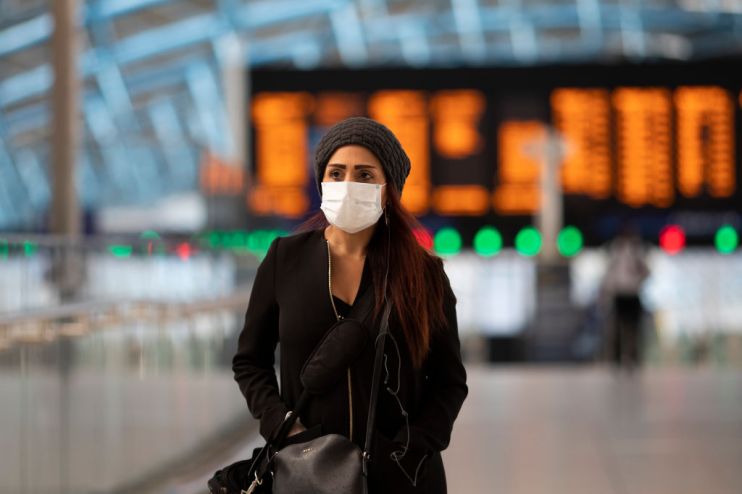Coronavirus: What is the R number and why does it matter?

Since the start of the Covid-19 crisis swathes of scientific and epidemiological terms have entered the day-to-day lexicon of normal Brits.
One of these is the R number, which we’re told is key to tracking the spread of the virus and determining how and when the lockdown can be lifted.
But what is the coronavirus R number, what does it mean and how important is it?
What is the R number?
The reproduction number — more commonly known as simply the R — is the measurement used for tracking how a disease spreads.
Put simply, it reflects the average number of people an infected person will pass the virus on to.
So if the R number is one, that means on average every infected individual will pass the disease on to one more person.
The higher the R number, the more quickly the disease will spread through a population.
Why does it need to be below one?
UK government and scientific officials have consistently said that the R value must be kept below one to help tackle the coronavirus outbreak.
This is because R1 acts as a sort of tipping point. If the number is above one, the disease will spread exponentially, reaching more and more people on each new round of infections.
This is why Covid-19 has spread so quickly up to this point, and behavioural responses such as the lockdown and social distancing are designed to keep the R rate below this level.
But the opposite is also true. If the R number is below one, fewer and fewer people will be infected until the disease peters out completely.
What is the R number in the UK?
The R rate is constantly changing and is hard to determine exactly.
Announcing an easing of lockdown restrictions on 10 May, Prime Minister Boris Johnson said the R number in the UK was somewhere between 0.5 and 0.9.
However, it has since crept up to between 0.7 and 1.0 — putting it perilously close to that crucial tipping point.
The rise is thought to be the result of the virus spreading in care homes and hospitals. The effect of the lockdown easing is not yet known.
The R number also varies by region. A study published by the University of Cambridge, and backed by Public Health England, showed the R number in London could be as low as 0.4.
This contrasts with an estimated value of 0.8 in the northeast of England.
How will R impact the lockdown?
Health officials have warned of a second peak in the virus if the R number rises above one again, and this is something the government is desperate to avoid.
The prime minister has outlined a provisional plan for easing the coronavirus lockdown as long as the R number remains under control.
However, if the R increases this plan could be scrapped and restrictions could be tightened again.
The government has also said that the lockdown could be tightened in specific areas if there are new regional outbreaks.
And while the R value is a key guiding factor in the government’s decision-making process, it is likely further easing of lockdown measures will be reliant on other tools such as testing and tracking.